People from the metalworking industry use different kinds of welding for different purposes. Sometimes welding is the only option. It is used not only in the construction of rail tracks or heavy steel beams, but also many metal items that we use on a daily basis. A metal chair or cookie cutter also requires a little bit of welding.

People from the metalworking industry use different kinds of welding for different purposes. Sometimes welding is the only option. It is used not only in the construction of rail tracks or heavy steel beams, but also many metal items that we use on a daily basis. A metal chair or cookie cutter also requires a little bit of welding.
- MMA welding (welding with coated electrodes) – the easiest type of welding, perfect for outdoors
- TIG welding guarantees the best welding properties for each type of metal
- MIG/MAG welding – precise and efficient welding with a consumable electrode
- Arc welding with cored wire (FLUX-cored arc welding) – for minor repairs without shielding gas
- Plasma metal cutting
- Multifunctional welding machines – versatile devices for everyday use
Before you start, you need to choose from among the available welder types. And don’t forget about basic protective clothing, which is crucial for all types of welding. Welding can be done by just about anyone, but make sure you remember a few important safety precautions. Always protect your eyes from extremely bright light, and your body from sparks and welding spatter. A welding course could be helpful at the beginning, in order to learn the basic welding techniques and get to know more about metal, welding arcs and welding risks. You shouldn’t underestimate even the most seemingly trivial matters. But let’s get back to the most important question – what are the different types of welding machines?
MMA welding (welding with coated electrodes) – the easiest type of welding, perfect for outdoors
Basic electrode welding machines are relatively cheap. The electrode welding method is also called MMA welding or coated electrode welding. They are both the same and the same welding equipment is necessary. As the name suggests, this method uses an electrode to bond metals. It is important to make sure that the electrode suits the metal you want to weld and has a similar melting point.
A big advantage of MMA welding is that you can do any welding you need outdoors, even in strong winds. The TIG or MIG/MAG methods require welding with inert gas. In the case of MMA welding, the gas is built into the electrode. Another significant advantage is that you will not need a gas cylinder for welding. MMA welders are often very small, and some can even be hung over your shoulder. However, they are not the best choice for precision welding and require more time for additional corrections than in the case of inert gas welding. The electrode also wears out quickly and needs to be replaced frequently during welding.
-
Electrode Welder – 250 A – IGBT – 80% duty cycle
199.00 GBP119.00 GBP -
Electrode welder – 250 A – 8 m cable – Hot Start – PRO 139.00 GBP
-
Electrode welder – 200 A – Hot Start – LED Display
-
Electrode welder – 160 A – Hot Start – LED Display
109.00 GBP59.00 GBP
TIG welding guarantees the best welding properties for each type of metal
Shielding gas is recommended for professional welding. TIG welding is a common inert gas welding method that provides excellent results. It uses a very efficient high-frequency burner. In the case of self-melting metals, a tungsten electrode built into the welding nozzle is sufficient to let the arc ignite, while the electrode itself burns only to a small extent. For stronger welds, you can also insert an additional electrode from the outside.
TIG welding also lets you easily and precisely control each welding property. You can define the start and end rates, set the gas end time, or adjust the shock frequencies to a specific type of metal. TIG welding machines generally differ in the choice of parameters that can be set before and during welding. The more variable the parameters, the more expensive the device. But you will also achieve much better results. Using the settings correctly requires a lot of experience. For example, you shouldn’t use the same setting for welding copper as welding steel or stainless steel. You should also be careful not to underestimate the thickness of the processed metal. Too high amperage when working on thin sheets could do more harm than good. Modern TIG welding machines have parameter memory, which comes in useful when welding a similar material in the future.
Some TIG welders have a direct current source, while others use an alternate current. Welders with an alternating current are particularly good with aluminium. This is not usually possible with other welding machines, such as electrode welders or some inverter welders.
MIG/MAG welding – precise and efficient welding with a consumable electrode
MIG/MAG is an abbreviation of Metal Inert Gas / Metal Active Gas, i.e. welding with a consumable electrode in an inert gas shield (MIG) or active gas shield (MAG). The choice of method (MIG or MAG) depends entirely on the gas used, as every MIG welder is also a MAG welder, as long as you choose the right gas cylinder.
In MIG welding, the welding wire serves as the electrode, and the welders are equipped with a chamber for the wire and its feed. You can then set the speed at which you want to weld with the built-in wire. The MIG/MAG method is very efficient. Some models that use the above method are equipped with a water cooling system for the burner, allowing you to weld with up to 400 amps and connect thick metal layers.
MIG welders are often equipped with transformers to create welding arcs. Due to their solid structure, MIG welders are usually very heavy. Sometimes they come equipped with wheels, making it easier to move them from one place to another. However, if the model you are using does not have additional wheels, we recommend that you transport it on a welding cart.
Arc welding with cored wire (FLUX-cored arc welding) – for minor repairs without shielding gas
No additional source of shielding gas is needed for flux welding. In addition to FLUX welding machines, you can also use MIG welders. You just need to select the right wire and appropriate polarity. Of course, you can also disconnect the gas cylinder from the device.
Plasma metal cutting
Choose a plasma cutter if you intend not only to weld, but also cut metal. Pressurised air creates a plasma arc with a very high temperature, which easily cuts through even the thickest layers of metal.
Multifunctional welding machines – versatile devices for everyday use
Inert gas welding machines often allow for MMA welding as well. However, they are somewhat different than other multifunctional welding machines. Such machines let you cut with plasma as well as weld under protective gas using the TIG and MIG/MAG methods. meaning that you don’t need a different welding machine for welding with the MMA, TIG, MIG/MAG and FLUX methods, and cutting metal.
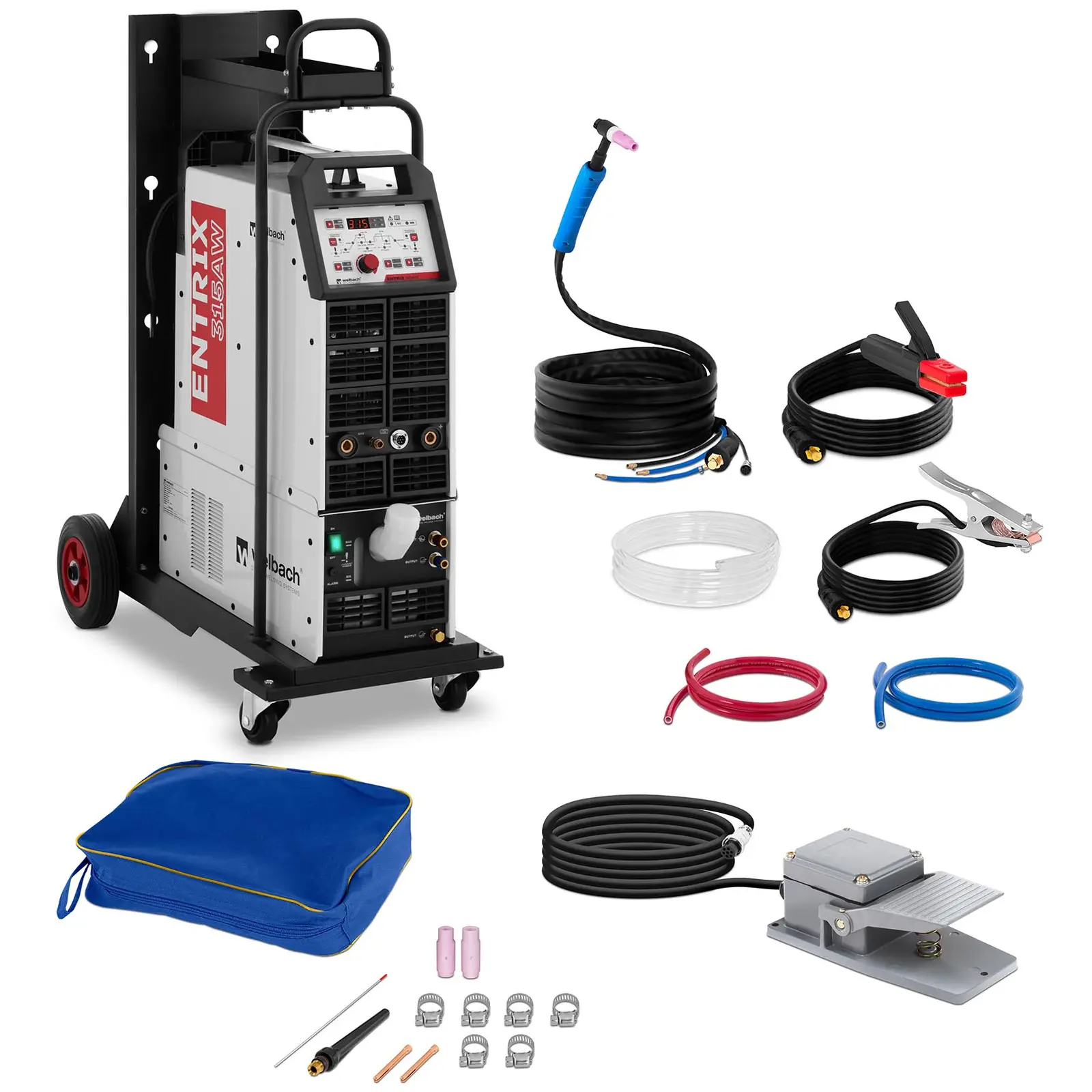
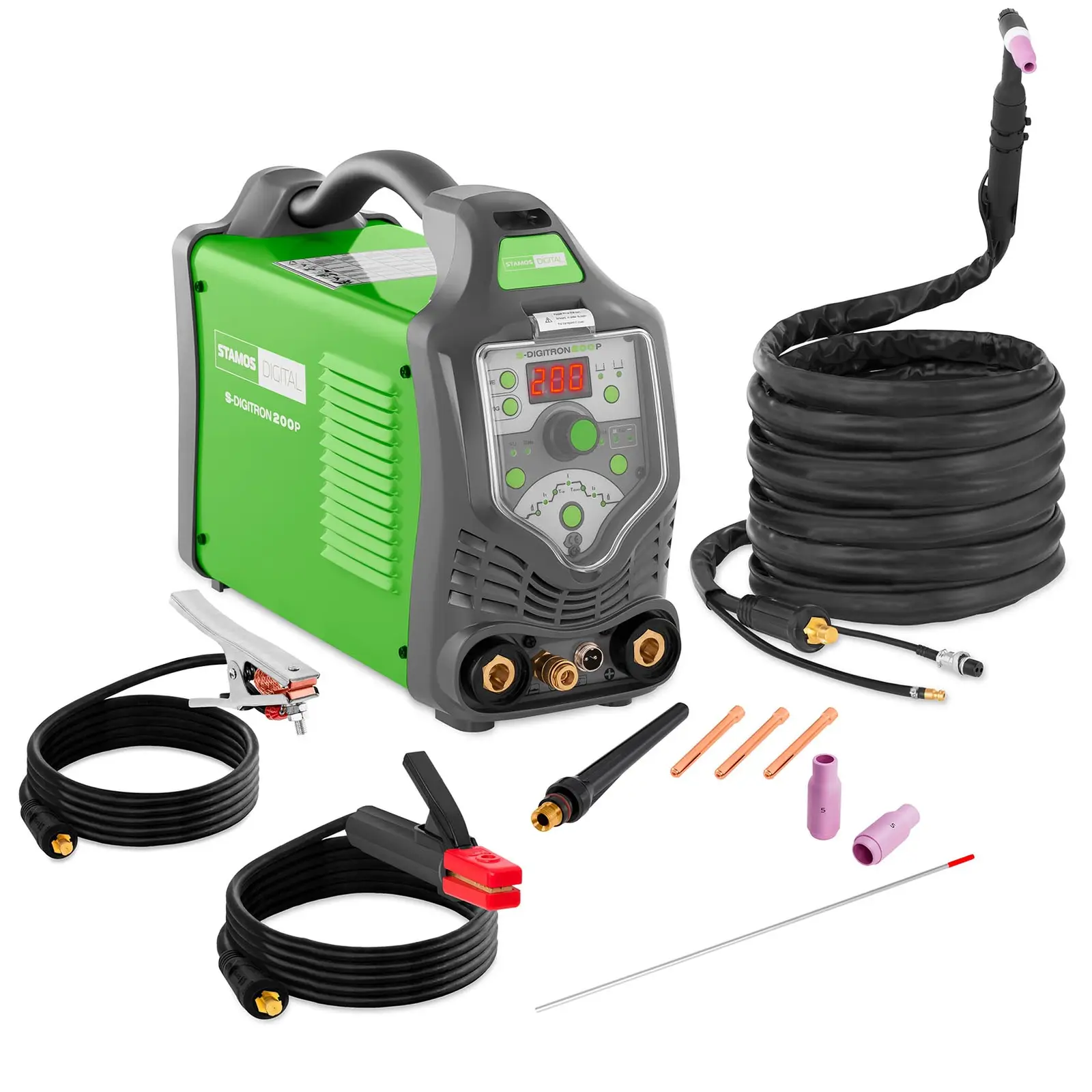
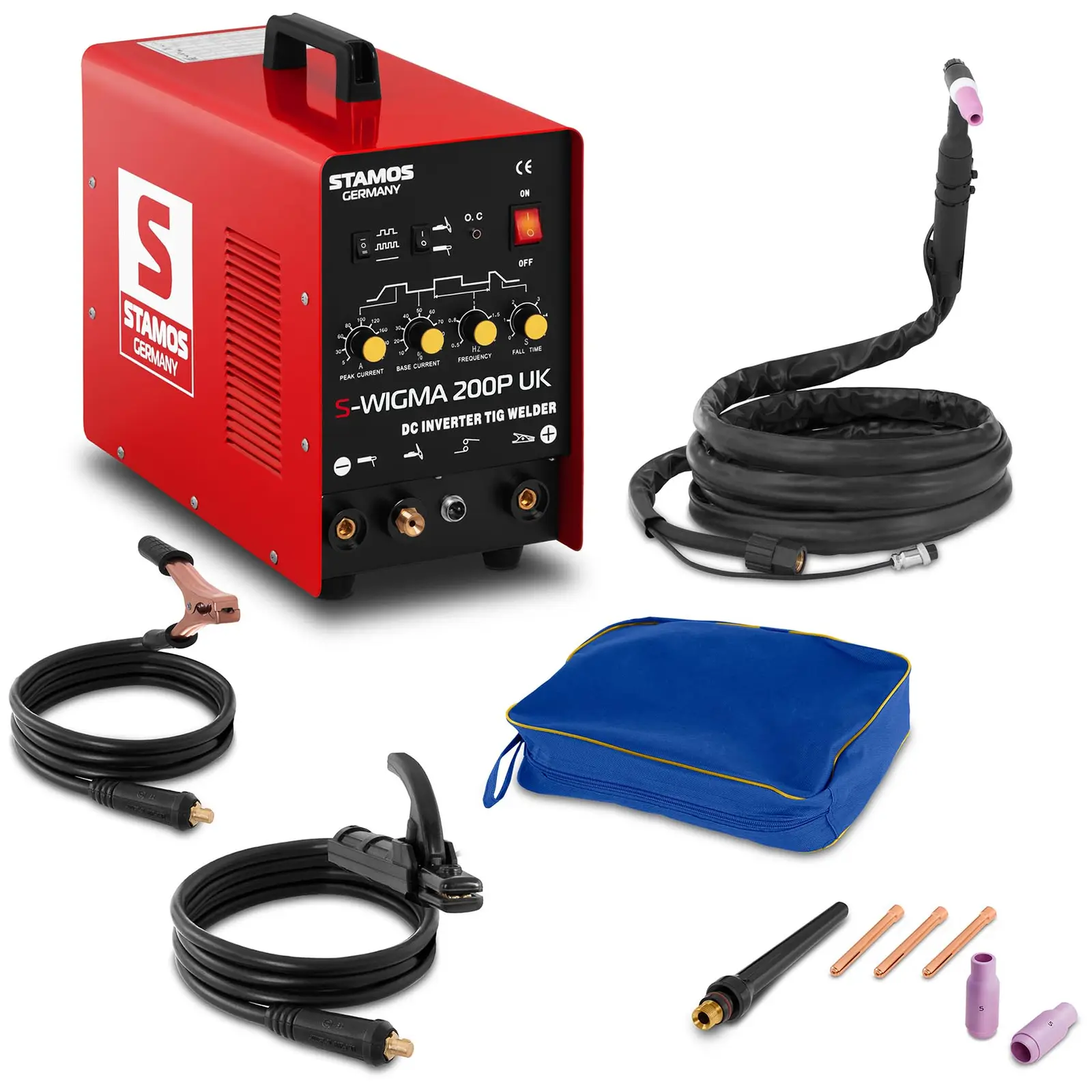


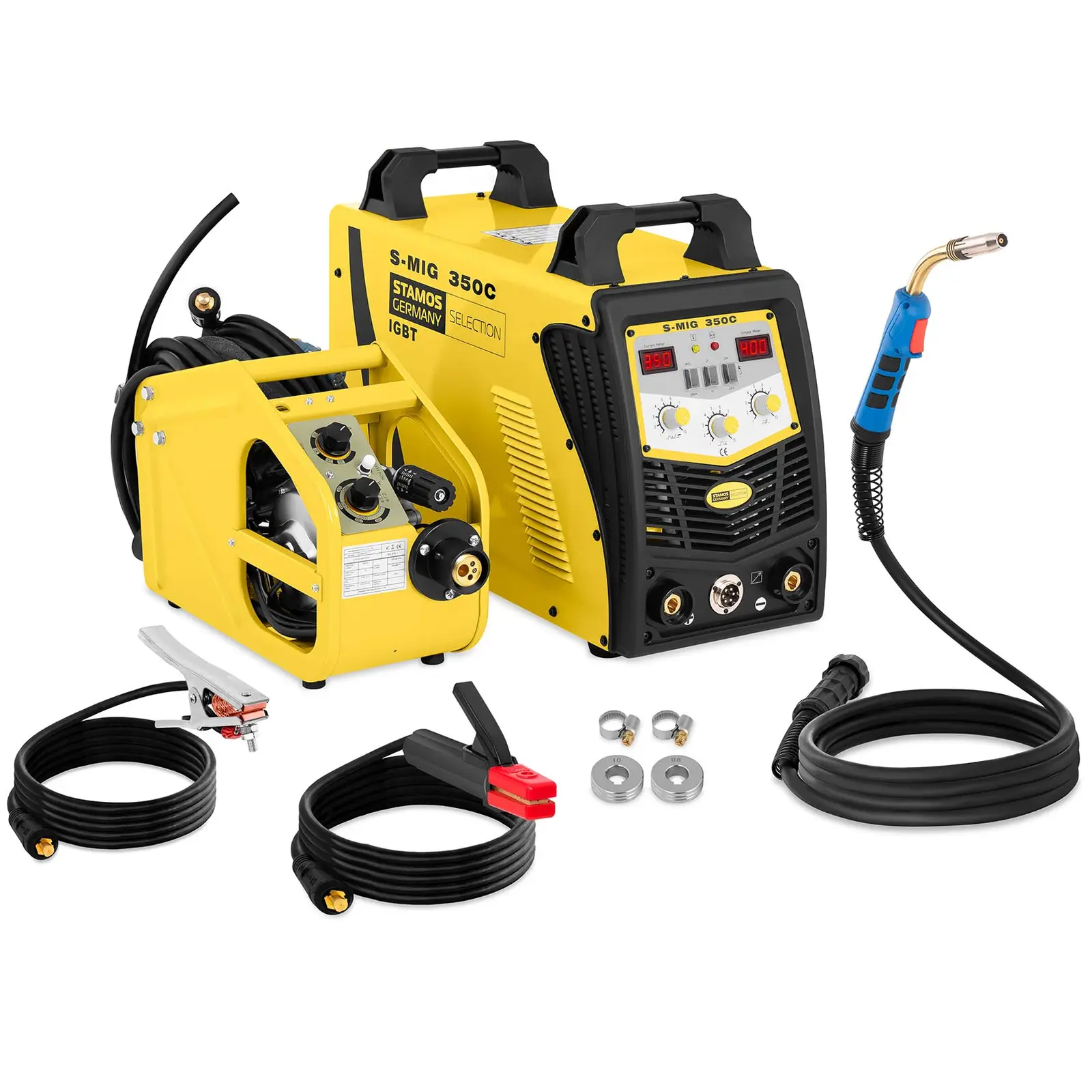
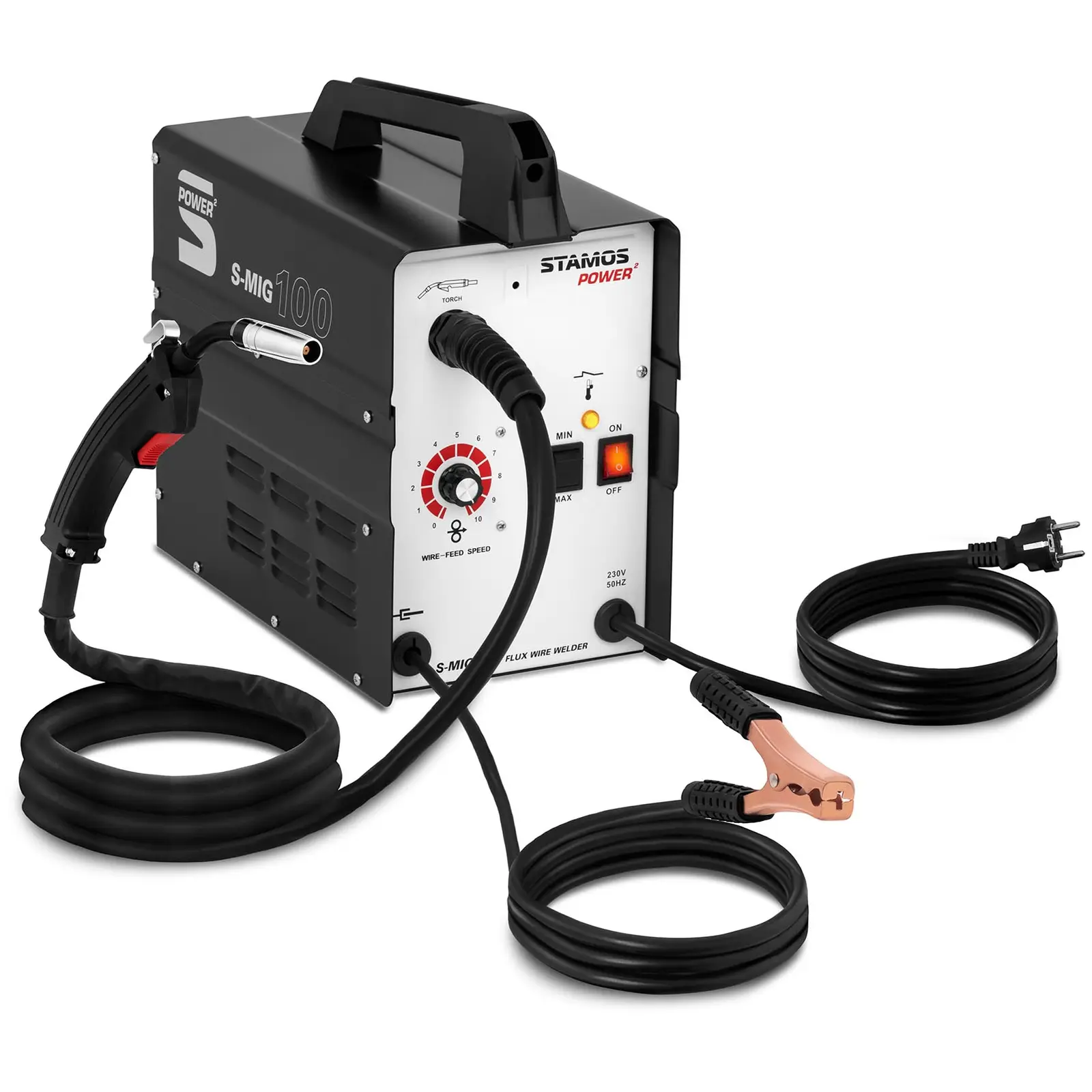

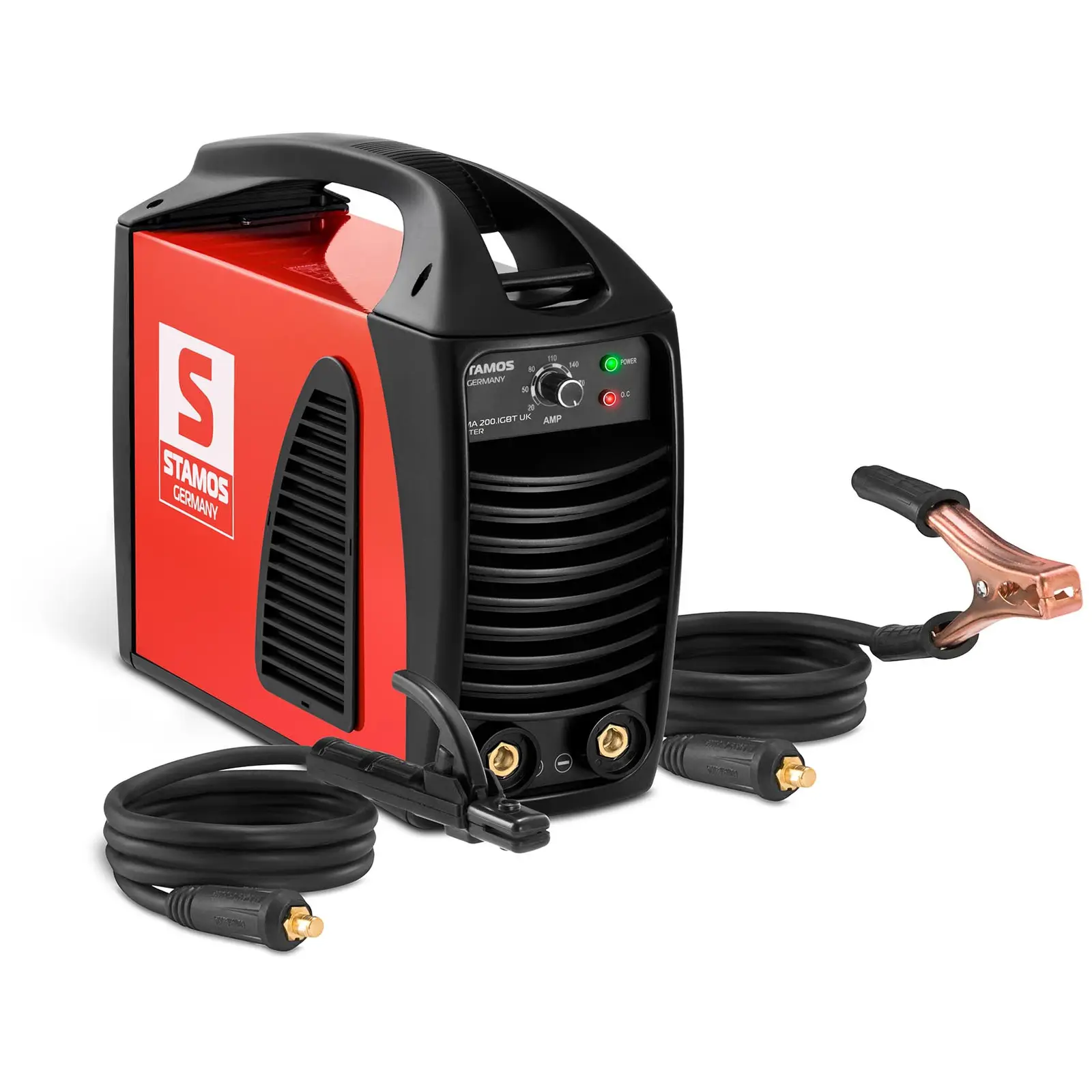
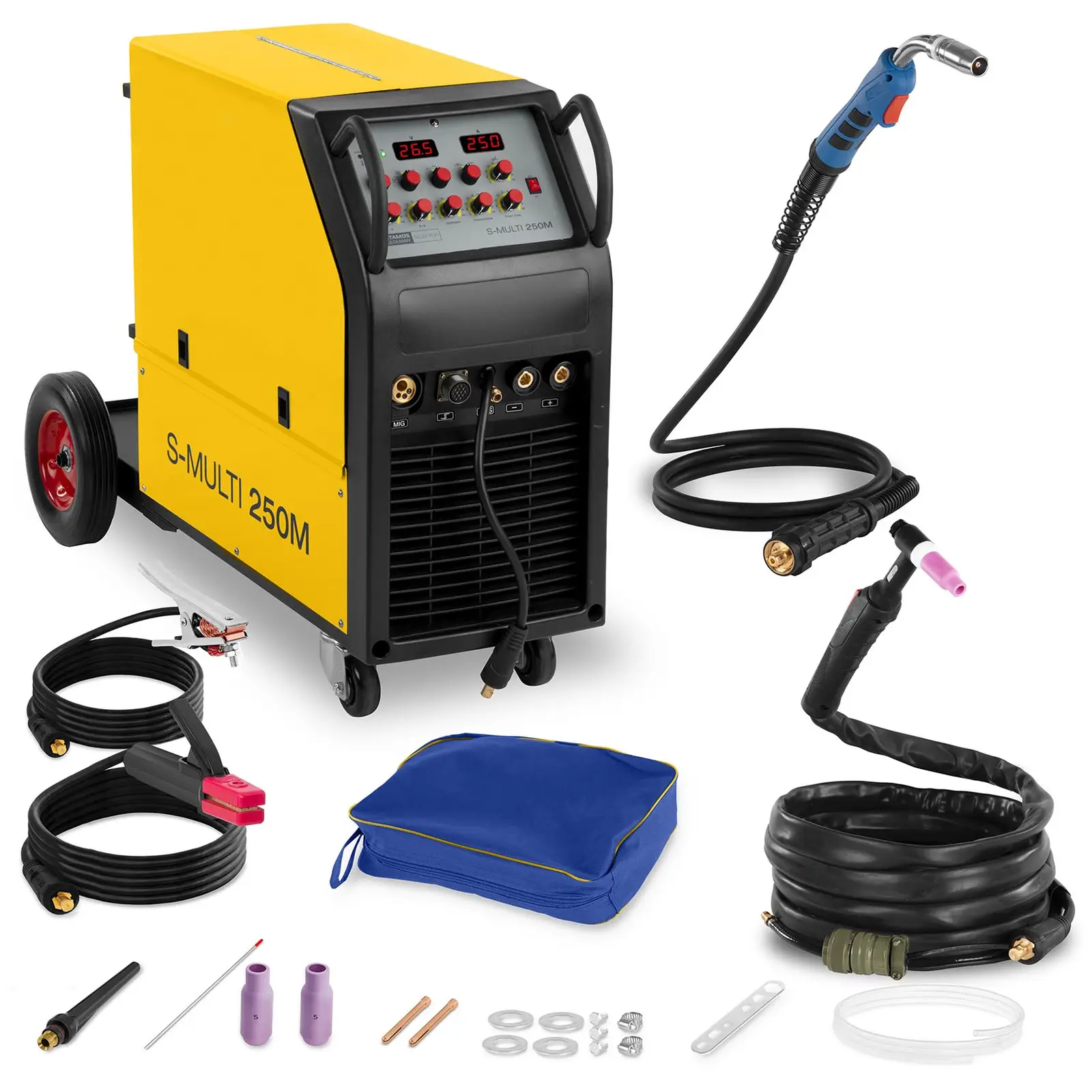
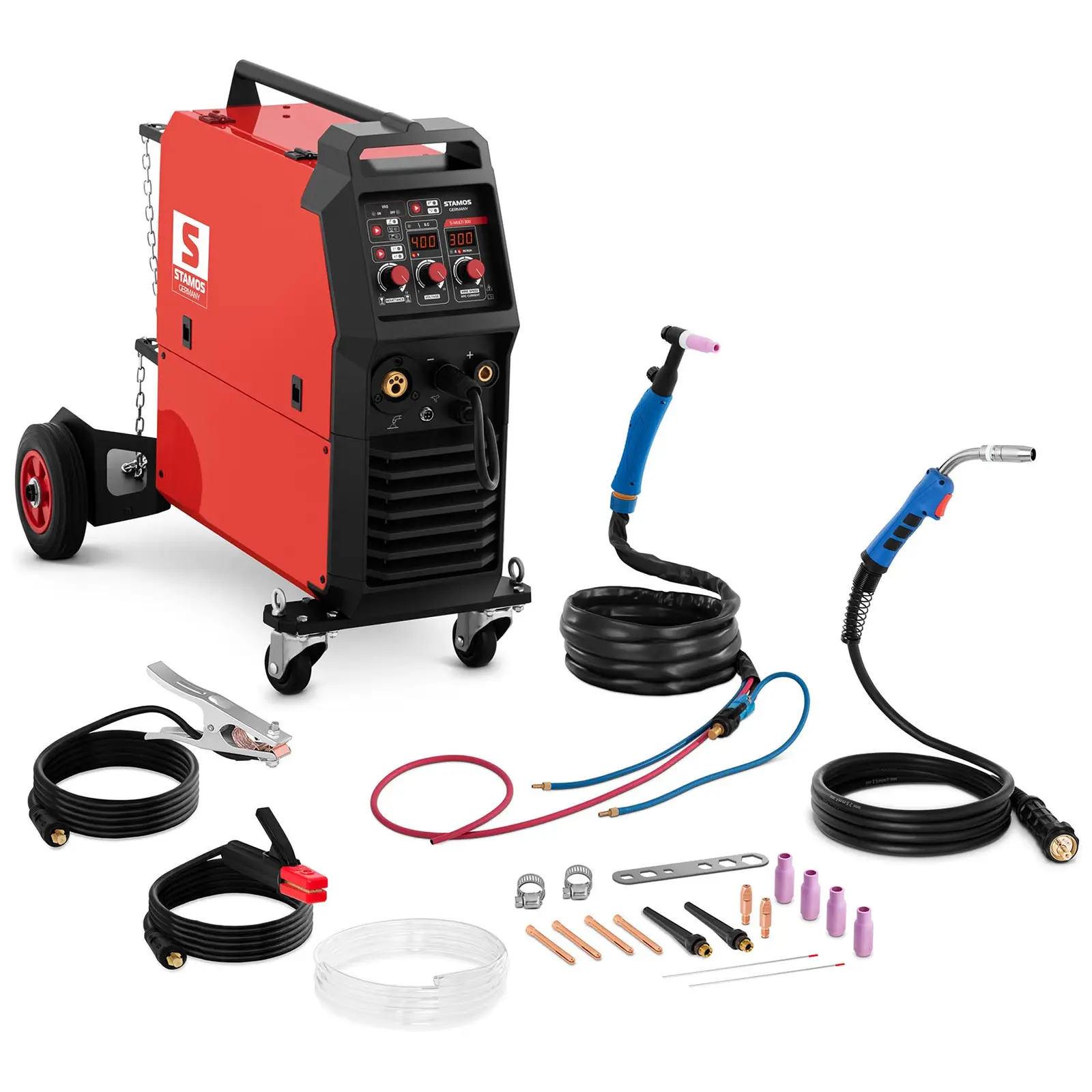







Share